What are sketchnotes?
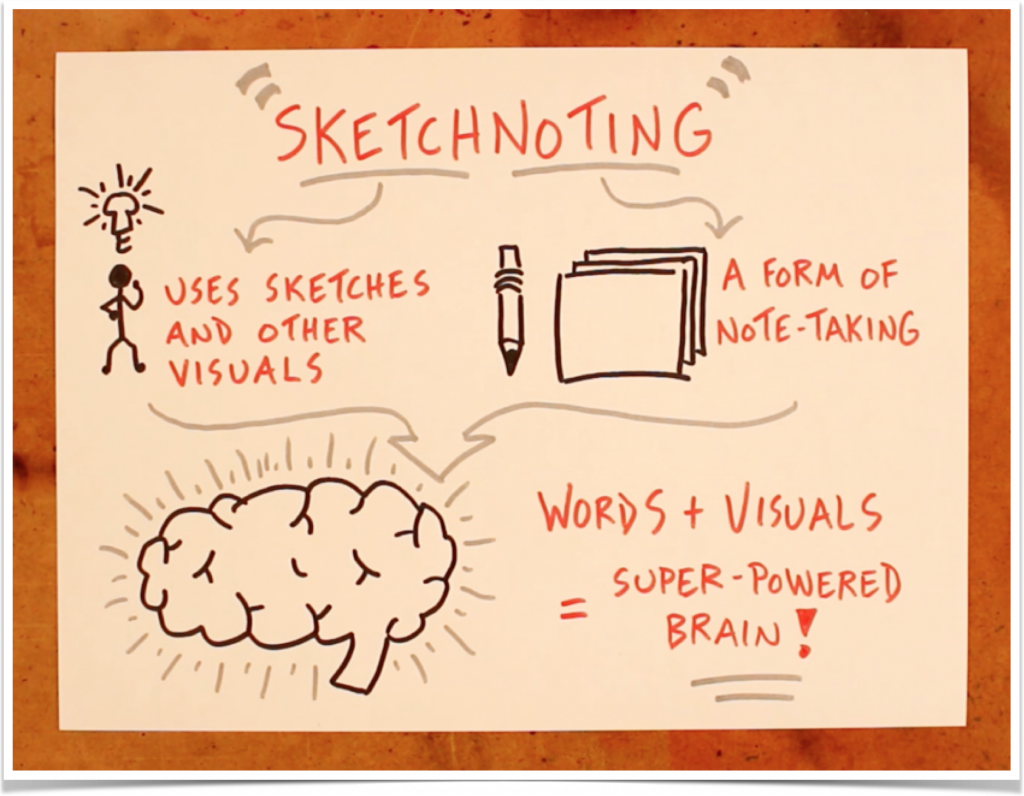
Sketchnoting is the strategy of mashing together the use of visuals along with words to help aid in student comprehension. They serve not only as an alternative to writing traditional notes, but also as a creative learning assignments with outcomes that are more personal and can act as a really great tool to reflect on the learning that is taking place.
What’s nice about sketchnoting is that it is not a strict format. Instead, it presents students with a variety of tools for them to choose from and create their own customized note-taking process, one that works well with their learning style and personality.
Why should we sketchnote?
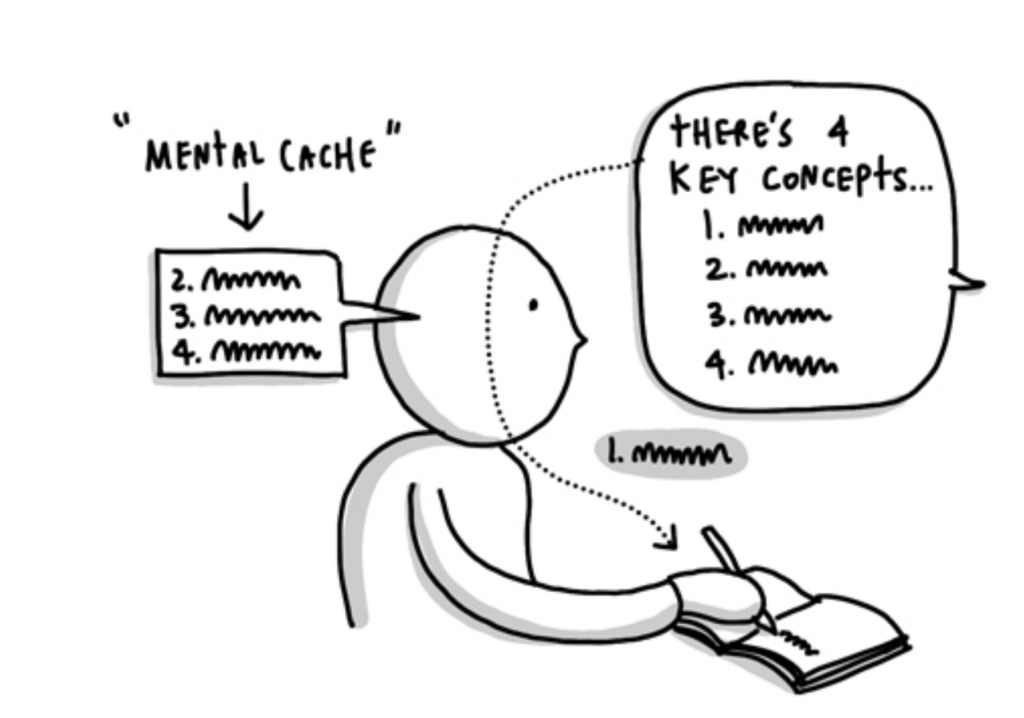
The reasoning behind adding sketches to your notes is that it taps into parts of your brain that would normally lie dormant if you only use words to explore ideas. It’s the combination of the two that’s most powerful – using both words and visuals while expressing learning. Without nerding out too much, this is related to a neuroscience theory called dual-coding. Dual-coding is the idea that we process incoming information through two channels, one verbal and one visual. And when we are sketchnoting, we are enter-twinning those two together to do some deeper processing skills. It is also directly related to Robert Marzano’s research on the significant positive impact that nonlinguistic representations have on student achievement.
Using Sketchnotes also ties directly into the SIOP framework and has direct impact on English learners. One component of SIOP includes Comprehensible Input. This is the measurement of how easily someone can understand something. The SIOP framework asks teachers to consider how comprehensible their teaching is to the students they teach. (Echeverria, Vogt, Short 2008). To aide in this, teachers themselves can utilize sketchnoting and visuals in their teaching to help reduce student anxiety, increases their comprehension, and can even help students with decoding.
How can we use them in the classroom?
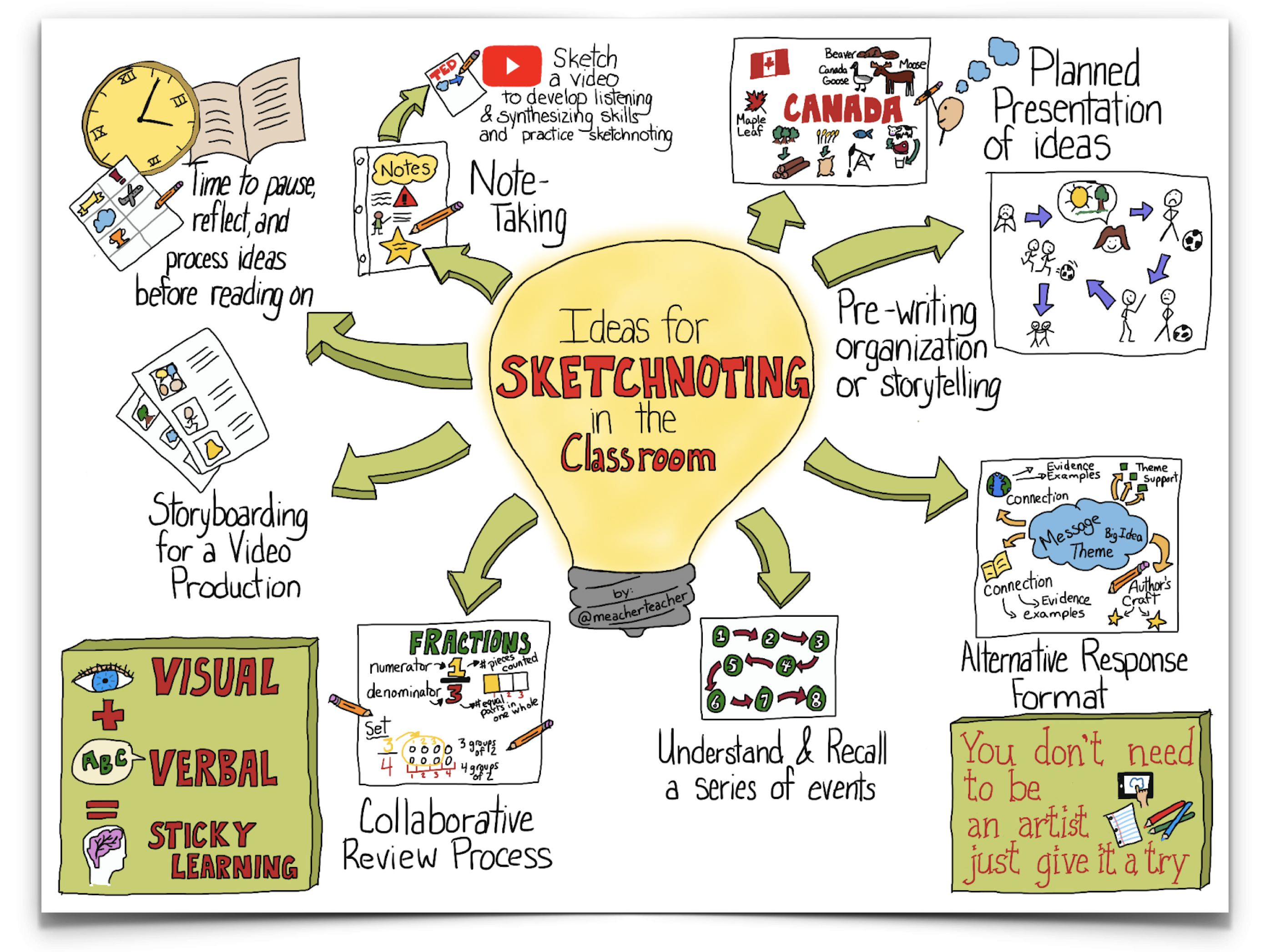
You Are The Expert – You are the expert is a perfect introduction activity to sketchnoting in the classroom for any and all grade levels and abilities. In this activity, students are simply asked to create a sketchnote to present to their class a topic they are already an expert in. By taking the focus off learning content, students can easily focus on the skills of sketchnoting.
Graphic Organizers – Sketchnotes set up as graphic organizers can guide student thinking and scaffold learning. On their own, graphic organizers generally improve student comprehension, increase student engagement, and facilitate cognitive processes. When using sketchnotes within graphic organizers, you can create the structure for students to keep track of new information that is being presented. The examples below include clear guidelines as to the topics the teacher wants students to learn while also giving students a head start and freedom to express their ideas.


Studying and Reviewing – Sketchnoting carries a higher cognitive load than simply taking regular style notes. You have to read, process, summarize it into a few words, pick out only the really important details, then come up with an image to accompany. Because it makes the brain work harder – students have increased comprehension. Below you can see a medical student take their regular notes and turn them into sketchnotes to help review material.
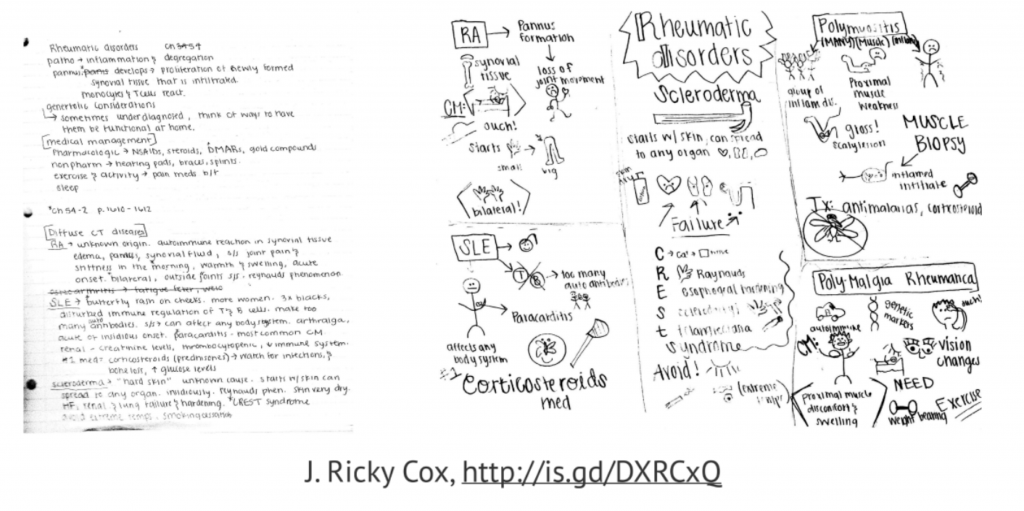
Summarizing and Analyzing Text – While reading, students can summarize their learning. This example is from “Thank you Ma’am” by Langston Hughes. You can see their use of arrows to help direct their thinking.

Assessment Add On – On the back side of a quiz or test, ask students to tell you everything they know about the topic that you may have not asked them about on the quiz. This allows students to show you exactly what they do know about a topic, even if it wasn’t included in your assessment.

Listening Skills – Equally challenging and beneficial, utilizing sketchnotes to help student listening skills can greatly increase student understanding and comprehension of material when presented audibly. Students would be required to listen, comprehend, process information and make connections, then transfer that learning to paper, all while still listening to material. In order to help students with this process, including the ability for students to stop, rewind, and listen again to material is important.
What tools should we use to sketchnote?
I encourage you to introduce sketchnoting first using paper and pencil. This allows students to not get bogged down by learning a new tech tool along with a new learning strategy.
Keynote is available on all student and teacher iPads, and is a great starting place for digital sketchnotes. To learn more about how to draw in keynote, watch this video or read the directions here.
Sketches Pro is also available in self service. Sketches is more robust and has more art tools for student use. Watch this tutorial to learn more on how to use Sketches Pro.
Have you use sketchnoting in the classroom? Let us know what you think in the comments!
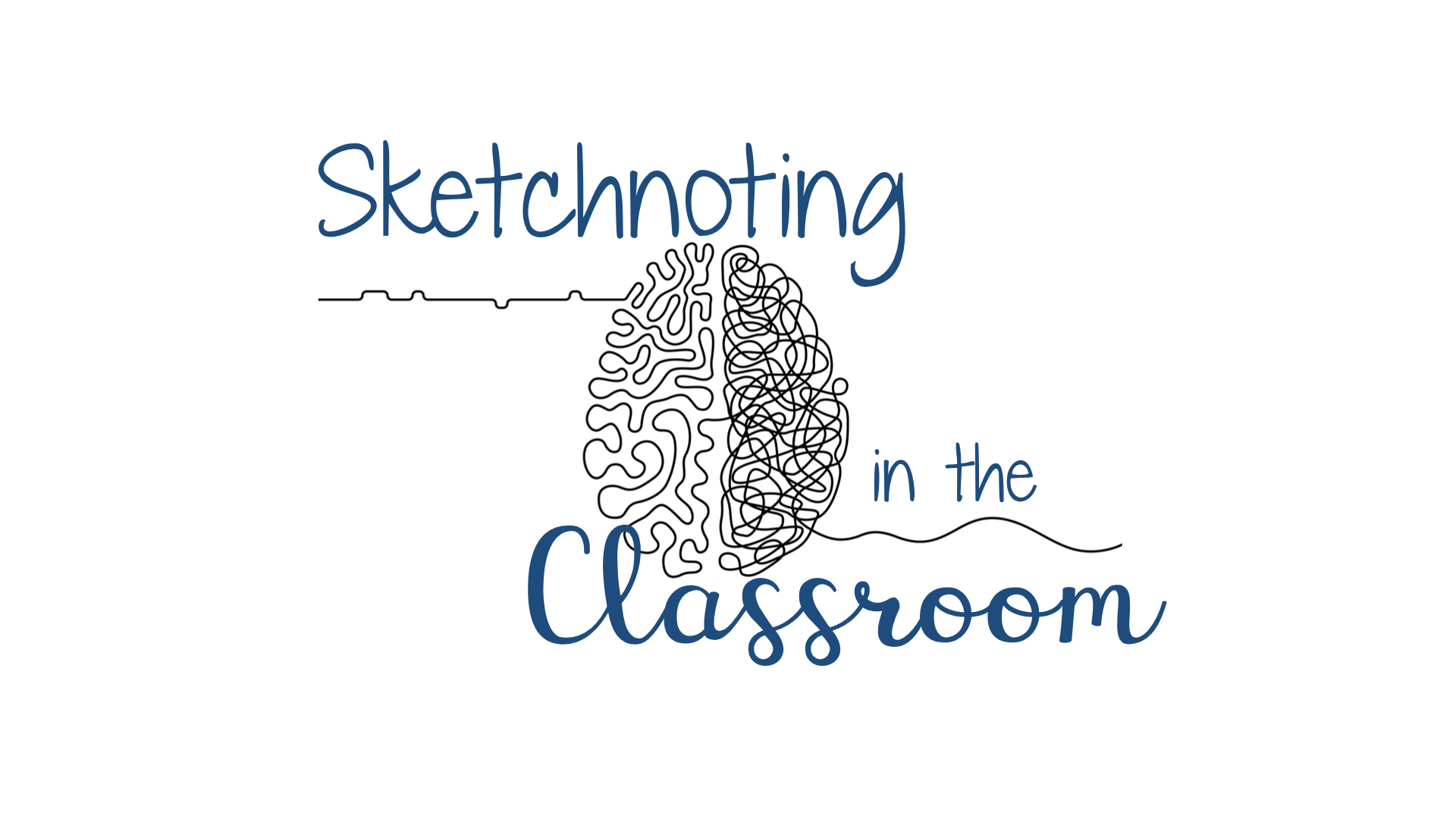
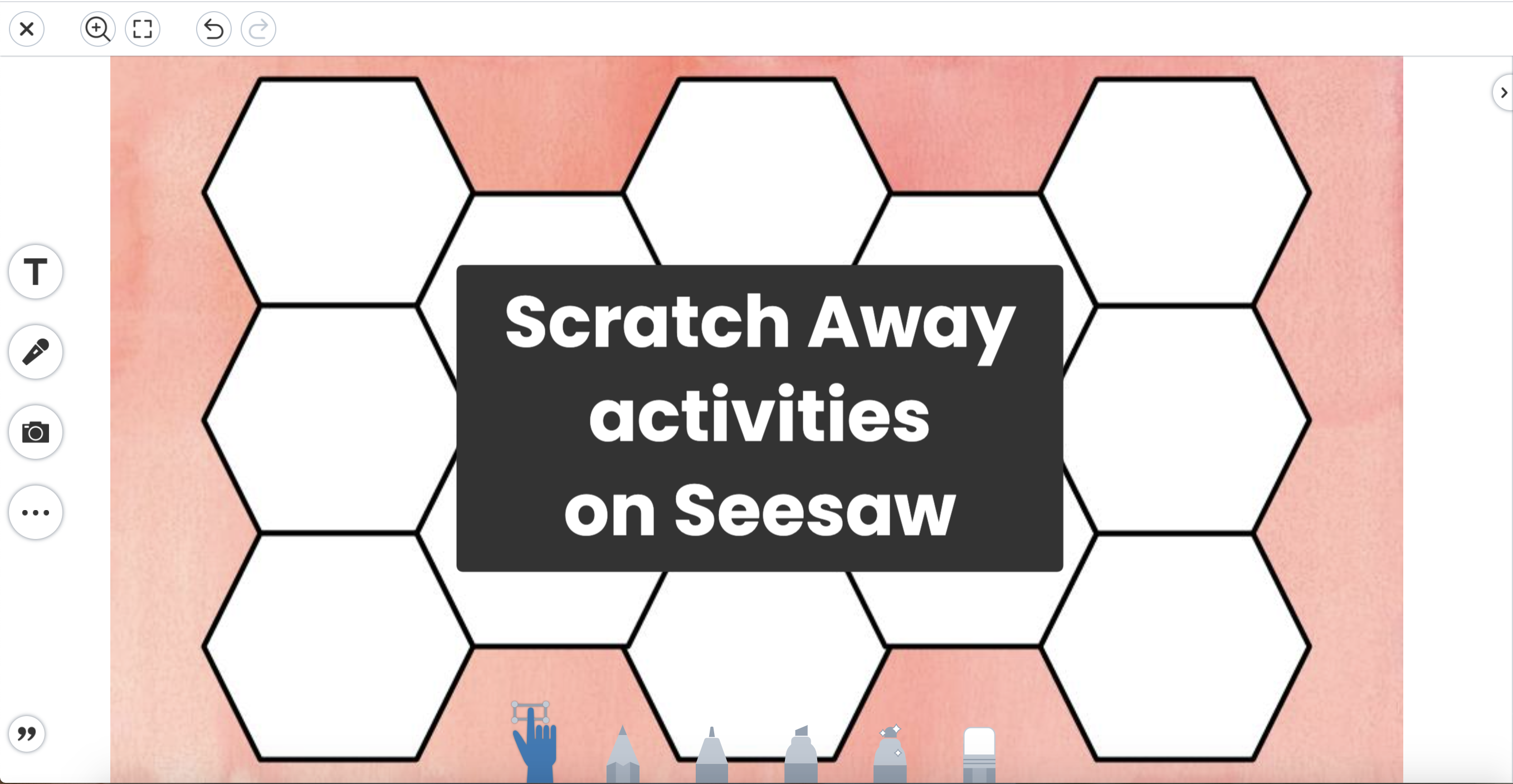
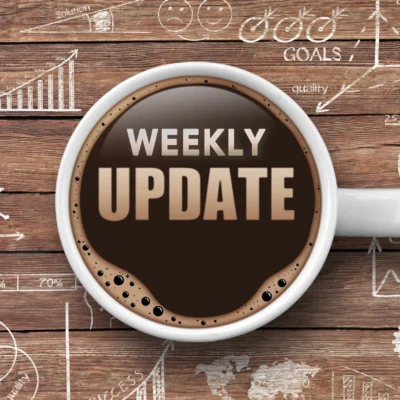

A helpful resource I’ve used is the Noun Project. They have simple copyright free sketches/icons that represent pretty much anything you can think of. So, if you (or your students) are trying to sketchnote and need ideas for what to sketch, you can just have thenounproject.com open in another window. Type the word you’re looking for, and it will give you lots of ideas for how to represent the word non-linguistically.